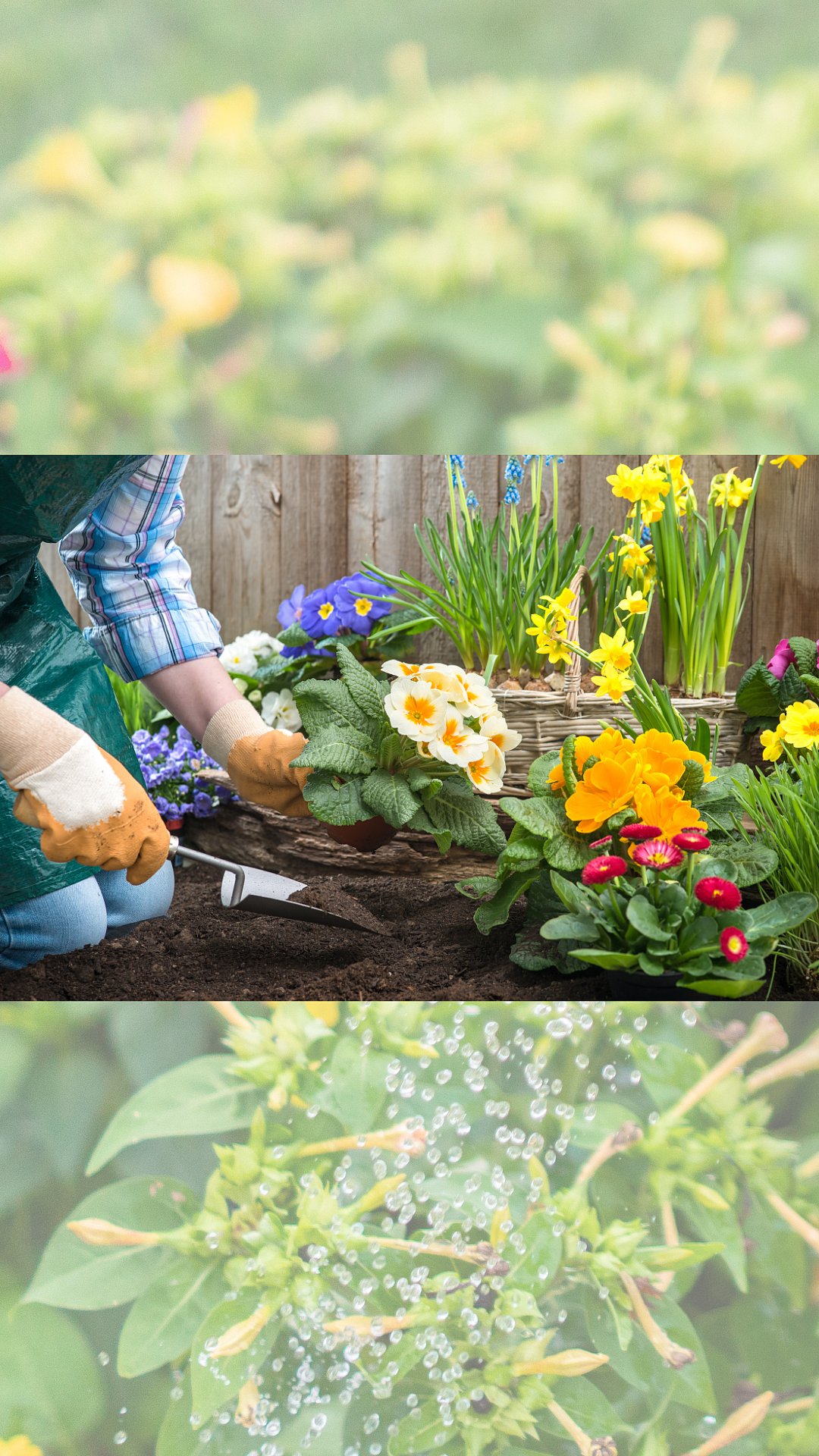Bonsai, the ancient Japanese art form, is more than just gardening; it’s a delicate dance between human creativity and the raw beauty of nature. Originating in China over a thousand years ago, bonsai found its true home in Japan, where it evolved into a revered cultural practice.
While the exact origins of bonsai remain debated, some believe that its roots trace back to ancient India, where the practice of "Vamiki Shilpa" involved shaping trees and plants for ornamental and medicinal purposes. In Ayurveda, the traditional Indian system of medicine, certain trees and plants were revered for their healing properties, and their cultivation and manipulation were integral to medicinal practices. It's speculated that these techniques of cultivating and shaping trees may have influenced the development of bonsai as a form of artistic expression and spiritual discipline. Thus, the connection between bonsai and Ayurveda practice suggests a deeper historical and cultural significance, highlighting the intertwined relationship between art, nature, and healing in ancient Indian traditions.
At its essence, bonsai is about miniaturizing and shaping trees to resemble their full-sized counterparts in nature, capturing the essence of maturity and grandeur within a tiny space. But beyond its aesthetic appeal, bonsai embodies profound philosophical and spiritual principles.
Philosophy of bonsai
Central to bonsai philosophy is the concept of “Wabi-sabi,” which celebrates imperfection and impermanence. It teaches us to find beauty in the asymmetrical, the weathered, and the transient. Each bonsai tree tells a story of its own, reflecting the passage of time and the resilience of nature.
Art of cultivation
Creating a bonsai tree is a labor of love that requires patience, skill, and dedication. It starts with selecting the right tree species, considering factors like size, shape, and texture. Then begins the meticulous process of pruning, wiring, and shaping, guided by the artist’s vision and the tree’s natural growth patterns.

Care and maintenance
Bonsai trees demand constant care and attention. From watering and fertilizing to repotting and pest control, every aspect of their environment must be carefully managed to ensure their health and vitality. Yet, this intimate relationship with nature is what makes bonsai so rewarding, fostering a deep sense of connection and stewardship.
Artistic expression
While traditional bonsai styles like formal upright, informal upright, and cascade provide a framework, bonsai artists are encouraged to express their creativity and individuality. Some choose to recreate natural landscapes in miniature, while others pursue abstract or avant-garde designs. The possibilities are as endless as the imagination.
Journey of mastery
Mastering the art of bonsai is a lifelong journey marked by continuous learning and refinement. Whether through books, workshops, or hands-on experience, bonsai enthusiasts are always seeking to deepen their understanding and hone their skills. Yet, even the most seasoned practitioners acknowledge that there’s always more to learn, more beauty to uncover, and more harmony to cultivate.
In a world driven by speed and instant gratification, bonsai offers a precious reminder to slow down, observe, and appreciate the subtle wonders of nature. It invites us to cultivate patience, mindfulness, and a deeper connection with the world around us. In the art of bonsai, we find not just beauty, but a profound reflection of the human spirit’s enduring quest for harmony and balance.
(Sujal Chawathe is a CA by education but a gardener at heart. Her venture Indoor Greens helps urban offices and homes, add and maintain plants)
Five popular books on bonsai you can find online:
1. The Complete Book of Bonsai: A Practical Guide to Its Art and Cultivation" by Harry Tomlinson
2. "Bonsai: The Art of Growing and Keeping Miniature Trees" by Peter Chan
3. "Bonsai Basics: A Step-By-Step Guide to Growing, Training & General Care" by Christian Pessey and Remy Samson
4. "The Bonsai Beginner's Bible: The Definitive Guide to Choosing and Growing Bonsai" by Peter Chan
5. "Bonsai: Techniques, Styles, Display Ideas" by Peter Warren
Renowned bonsai artists whose work you can explore online
1. Masahiko Kimura - Known for his innovative and dramatic bonsai styles.
2. Kunio Kobayashi - A highly respected artist with a unique approach to traditional bonsai.
3. Ryan Neil - An American bonsai artist who blends traditional techniques with modern aesthetics.
4. Bjorn Bjorholm - An internationally recognized bonsai artist and educator.
5. Peter Chan - A prolific author and bonsai artist known for his accessible and beautiful designs.
You can find their work, interviews, and tutorials on various platforms, including their personal websites, YouTube, and social media.












